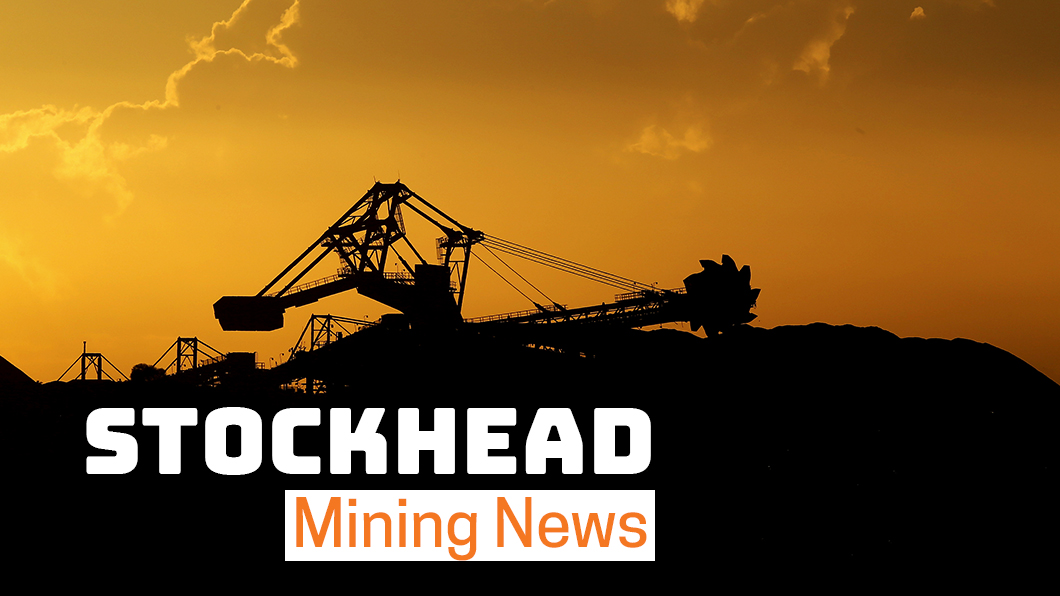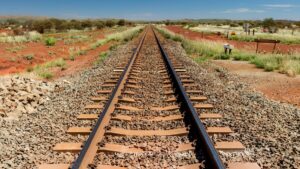Iron Bridge will now cost US$3.5b but FMG wants to make it happen

Pic: Bloomberg Creative / Bloomberg Creative Photos via Getty Images
Have a spare $US3.5 billion lying around? Andrew Forrest’s Fortescue Metals Group (ASX: FMG) appears to be pushing ahead with the 22Mtpa Iron Bridge magnetite mine, despite on Friday reporting a US$900 million cost blowout on the initially US$2.6 billion development.
The operation has had its proposed start date pushed back to December 2022, with a 12-18 month ramp-up to full capacity to follow.
All told FMG and 31 per cent partner Formosa Steel will put up US$3.3-3.5 billion to get the project up and running, with FMG already tipping in US$1.3b of a US$1.5b outlay during its evaluations to April 30.
Just this February a reported $400 million blowout raised questions over FMG’s long-planned expansion project.
Since then the iron ore majors have been virtually printing money.
In the March quarter FMG shipped 42.3MT of iron ore from its Pilbara operations at an average realised price of US$143/t.
Simple math and that’s more than US$6 billion in revenue flowing back into the coffers minus the company’s now very reasonable costs of US$14.90 per wet metric tonne.
That is despite copping a discount rate from steel makers associated with the company’s sub-62 per cent iron ore grade.
Fortescue Metals Group share price today:
Grade is king
That grade discount is one of the reasons that, despite the cost, Iron Bridge is a priority for FMG.
Magnetite is costlier to extract than direct shipping hematite ore, but after processing can be delivered to customers at premium grades.
Iron Bridge concentrate would carry 67 per iron ore content, with FMG reporting it will garner an anticipated premium to the already higher price Platts 65% Fe CFR Index.
“Iron Bridge represents a strategic investment with compelling returns for Fortescue and the Joint Venture,” FMG CEO Elizabeth Gaines said.
“It further enhances our range of products through our integrated operations and marketing strategy and increases our overall production and shipping capacity to meet strong demand from customers.
“The iron ore market fundamentals support the investment in the Iron Bridge project, and we anticipate strong demand for this high value-in-use product, which will attract a premium to the Platts 65% Fe CFR Index.”
The Chinese-owned Sino Iron and Karara projects in WA are already operating in the magnetite space.
On the listed junior end of the spectrum Grange Resources (ASX: GRG) operates the Savage River magnetite mine in Tasmania, and commands a roughly 30 per cent premium on benchmark 62 per cent prices.
In the March quarter it sold 616,000t of high-grade iron ore pellets at an average price of US$228.52/t.
It also owns 70 per cent of the Southdown Magnetite Project in WA.
Magnetite Mines (ASX: MGT) is preparing a PFS for its Razorback project in South Australia, announcing an upgrade in mineral resources to 3 billion tonnes last week.
Newly-listed Juno Minerals (ASX: JNO), Strike Resources (ASX: SRK) and Macarthur Minerals (ASX: MIO) are among others with notable magnetite resources here and overseas.
Is supply matching demand?
The announcement came as iron ore faced another slide late last week, with prices falling $4.00 or 2.1% to US$187.65, some way off highs of more than $US230/t earlier this month before apparent intervention from the Chinese government.
Talk of major falls by the end of the year has intensified this week, with Chinese steel production receding slightly in mid-May from the all-time records seen in April.
But others are not convinced.
Iron ore market watcher and Magnetite Mines director Mark Eames told Stockhead that in his opinion Chinese steel demand would need to reduce dramatically to provide support for a “material” slide in the iron ore price.
“China would have to go back 5 or 10 years in terms of its steel production before we would see a material change in the iron ore price,” he said.
At Stockhead, we tell it like it is. While Magnetite Mines is a Stockhead advertiser, it did not sponsor this article.
Related Topics
UNLOCK INSIGHTS
Discover the untold stories of emerging ASX stocks.
Daily news and expert analysis, it's free to subscribe.
By proceeding, you confirm you understand that we handle personal information in accordance with our Privacy Policy.








